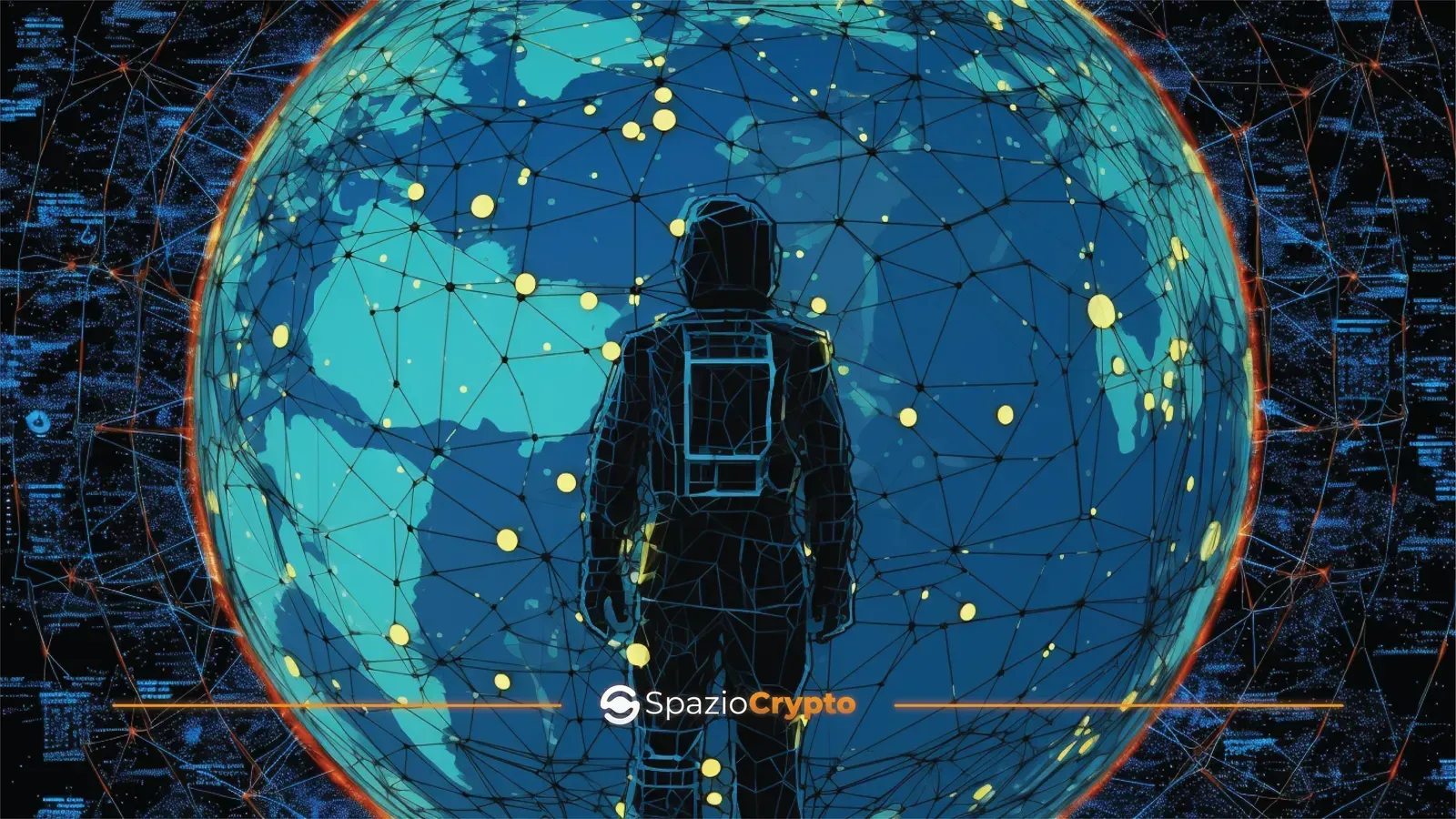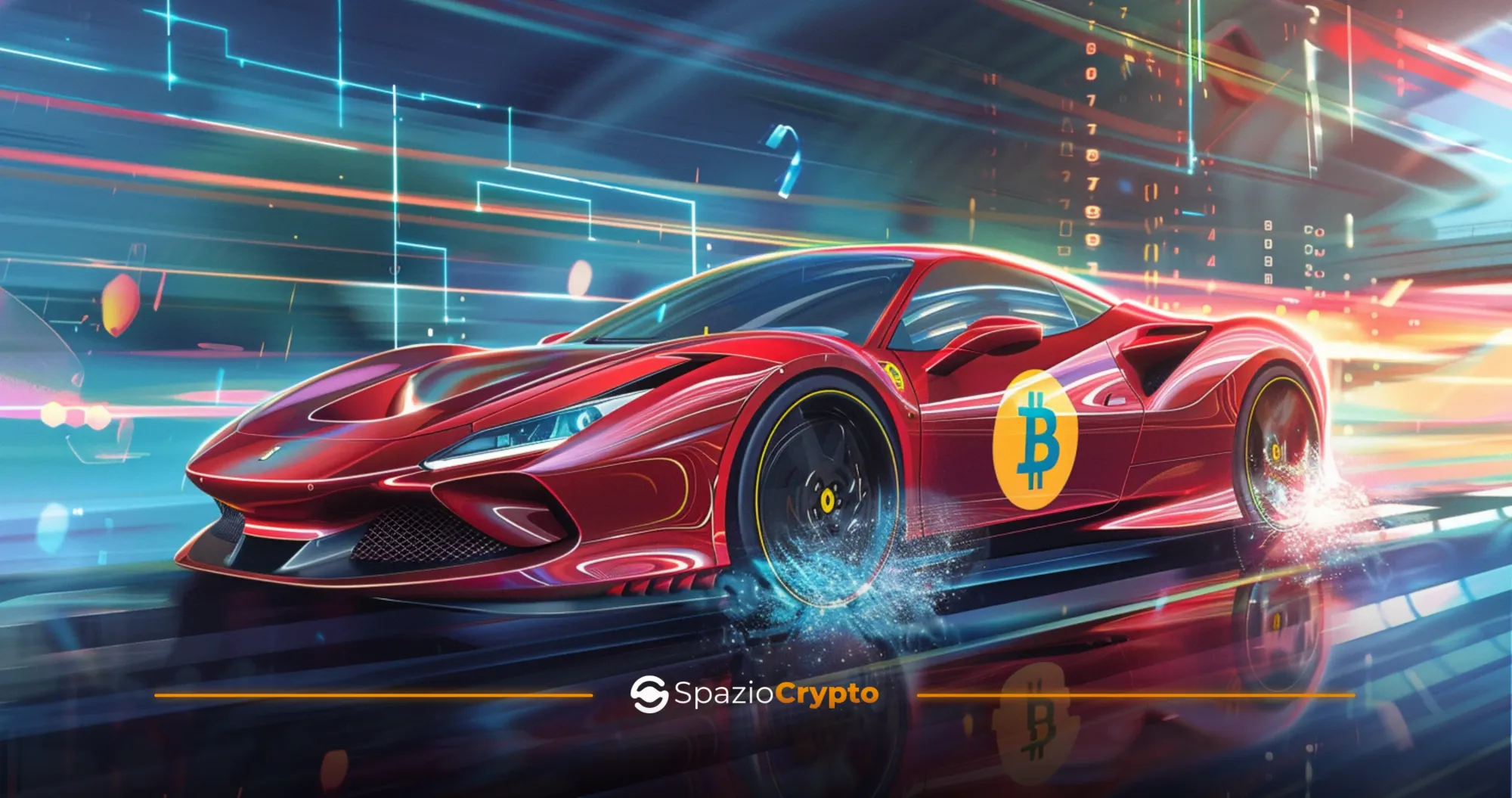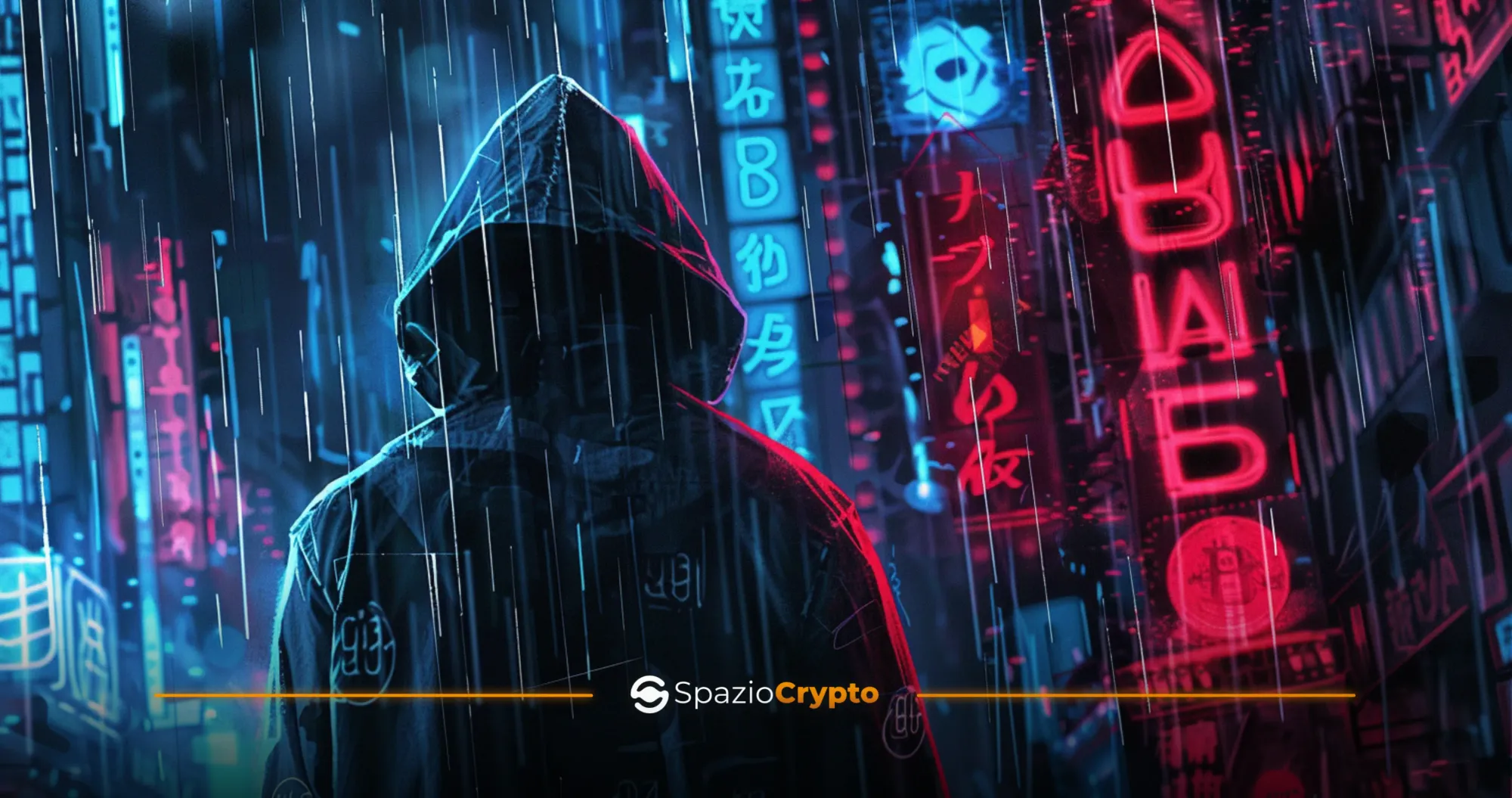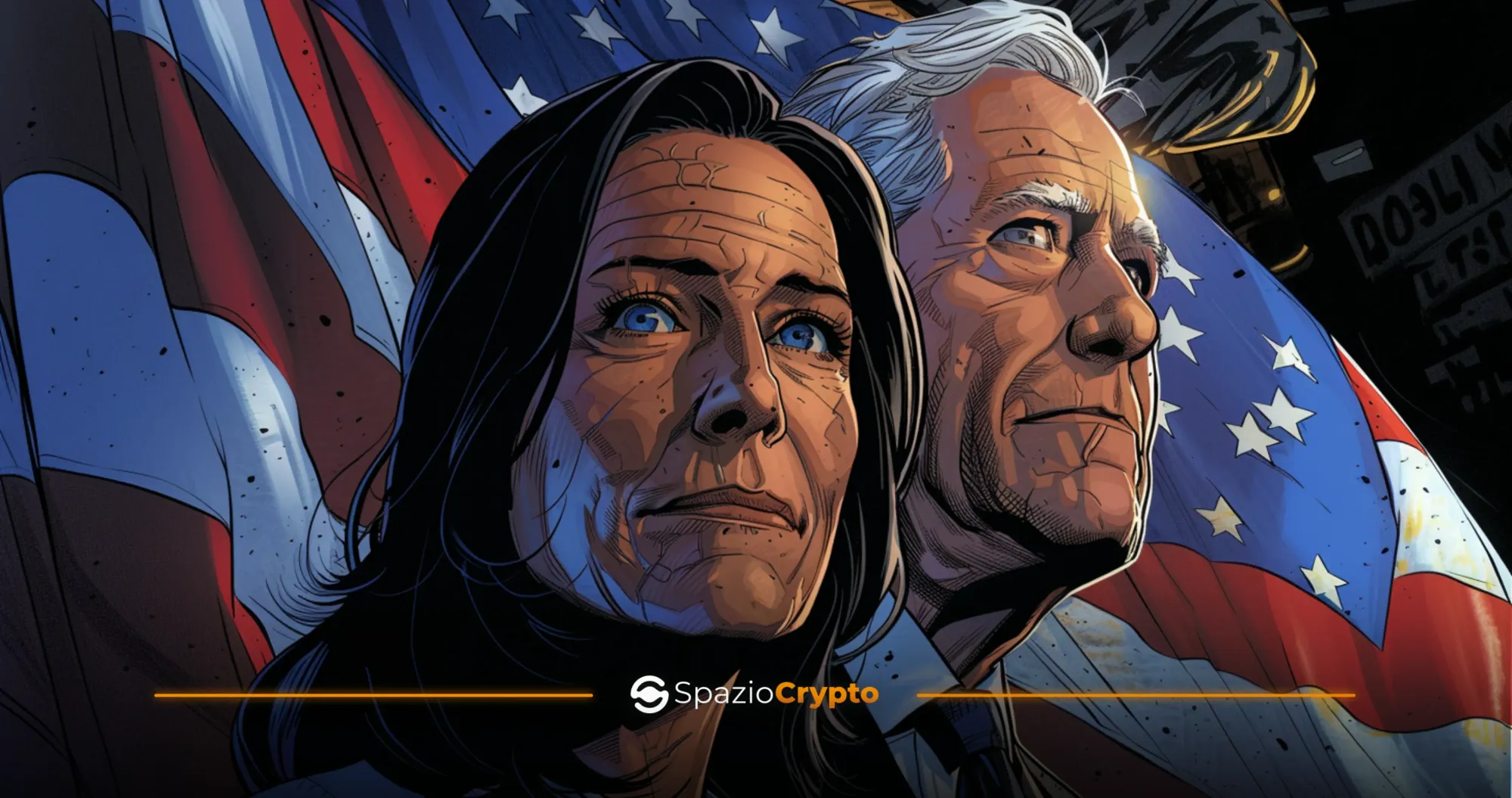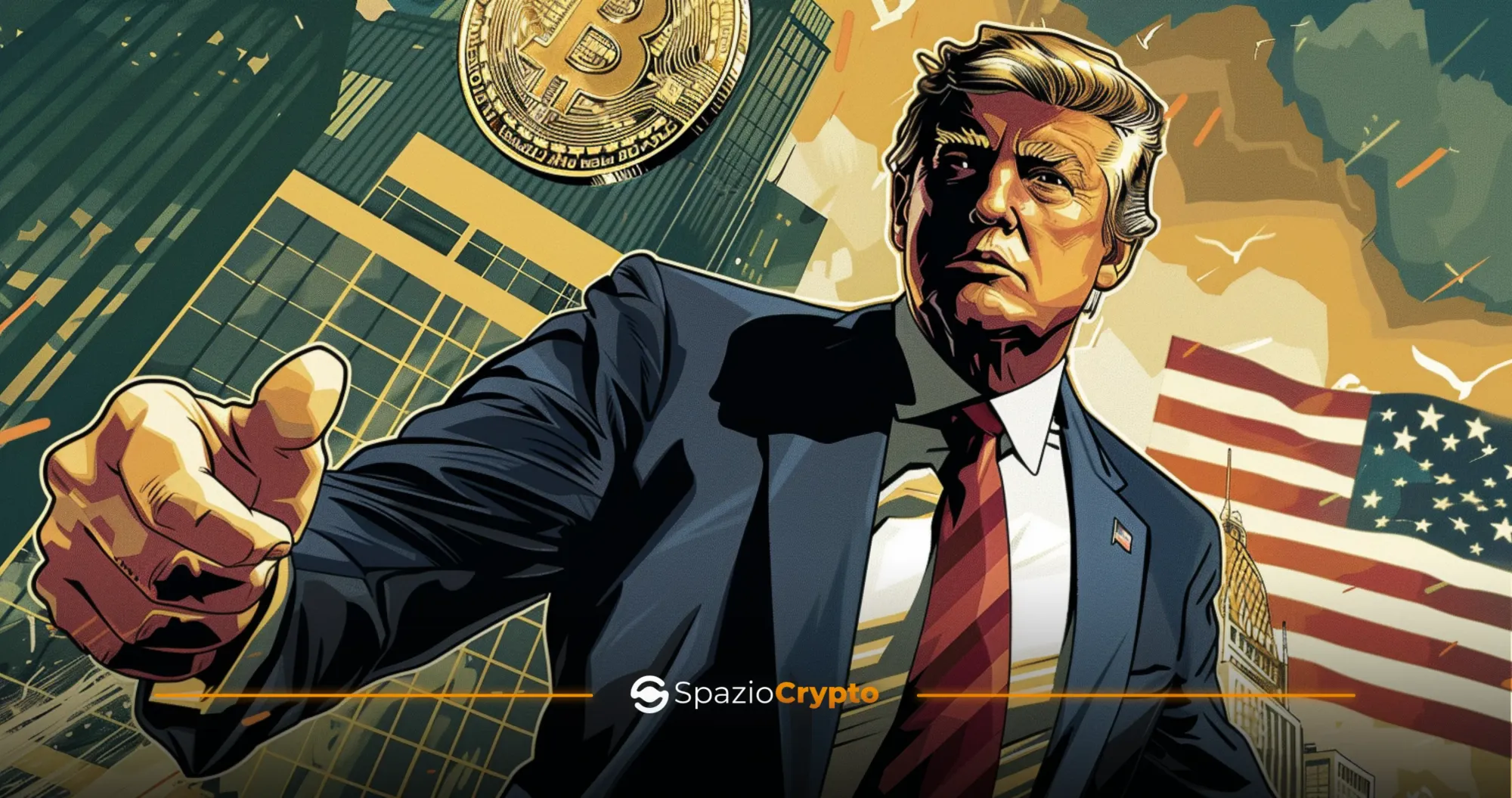In the digital realm, the concept of the Web has undergone a long transformation, passing through distinct phases that have left indelible imprints on the way we interact with the online world.
The Evolution Towards Web3
To explore the deeper meaning and broad implications embedded in the Web3 concept, we must dig deep into the historical roots of Web1 and navigate the era of dynamic interactivity ushered in by Web2.
Web1: The Birth of the Static Internet
Imagine the early days of the Internet, often called the Web1 era, as a digital landscape filled with static billboards. These rudimentary websites featured simple text and basic images, representing a digital extension of printed materials. Browsing the Web1 was like leafing through a digital encyclopaedia, where users could access information, but with limited possibilities for active involvement. In the era of 'read-only' websites, interaction was not present and users were passive spectators.
Web2: The Era of Interaction and Collaborative Dynamics
We have arrived at Web2, an important era characterised by interactivity and empowerment of users. The transition from Web1 to Web2 was similar to the evolution from a solitary reader in a library to a discussion in a town square. Blogs emerged as personal containers, allowing individuals to share their thoughts, opinions and narratives with a global audience. Social media platforms such as Facebook, Twitter and Instagram have transformed the digital world into a vibrant marketplace of ideas in which users can actively engage, share, comment and converse.
Consider the rise of YouTube, a precursor to user-generated content. Suddenly, anyone with an Internet connection could produce, upload and share videos on a platform accessible to millions of people. This new interactivity facilitated the democratisation of creativity and paved the way for viral content, where a video could turn any individual into a global influencer.
In the commercial landscape, the Web2 era spawned e-commerce giants like Amazon and eBay. Shoppers could explore vast virtual storefronts, compare prices, read reviews and make purchases from the comfort of home. Moreover, the emergence of collaborative platforms such as Wikipedia showcased the collective wisdom of the masses, underlining the power of collaborative creation and knowledge sharing on an unprecedented scale.
While Web2 brought transformative change, it also introduced challenges. The centralisation of data and power in the hands of technology giants has raised concerns about privacy, data security and potential manipulation of information. These challenges have set the stage for the emergence of Web3, a new frontier that seeks to address these issues through innovation and decentralisation. What is Web3? At SpazioCrypto, we investigate and examine all aspects of this new digital revolution. We will discover the rise of Web3 and its resolute response to difficulties, while seizing latent opportunities from earlier phases of its evolution.
The advent of a new era: What is Web3?
The digital landscape continues to change and evolve, ushering in new paradigms and revolutionary concepts. This is where Web3 comes in, a concept that goes beyond the interactivity of Web2 to completely redefine our digital experience. While Web1 and Web2 laid the foundations for change, Web3 is emerging as a radical shift in the approach to the modern Internet.
Definition and features of Web3
What is Web3? It is not a simple linear progression from Web2, but a real revolution that redefines the very foundations of the digital world. At the heart of Web3 is decentralisation, which aims to shift power and control from centralised entities, such as companies and institutions, to the distributed network of users. This is mainly made possible by the blockchain technology, which enables the creation of decentralised protocols, applications, and currencies.
One of the cornerstones of Web3 is the creation of an 'Internet of Value', in which identity, ownership, and digital rights become the property of users instead of third parties. This means that users can have more direct control over their information and personal data, solving many of the privacy problems that emerged in the Web2 era.
Practical Applications of Web3
The Web3 translates into many practical applications that go beyond social media and e-commerce. Decentralised applications (DApps) exploit blockchains to create services and platforms that do not require a central authority to function. They can range from decentralised finance (DeFi) to digital identities, where users can autonomously control their own data online.
Smart contracts, programmable contracts that are automatically executed on the blockchain when certain conditions are met, are another pillar of Web3. These contracts eliminate the need for intermediaries and enable the creation of entirely new use cases, such as the tokenization of real-world assets or the automation of business processes.
The cryptocurrencies stand as a drastic answer to the economic manipulation of current financial systems, enabling fast, secure, inexpensive, and peer-to-peer payments, thus eliminating the need for the slow and costly intermediation of banks.
Challenges and future of web3
While Web3 promises decentralisation and user control, it also faces significant challenges. Scalability, blockchain interoperability and regulatory hurdles are just some of the issues to be addressed. However, the vision of Web3 is that of a digital ecosystem in which users have the power to shape their own online destiny, actively participating in the construction and evolution of the network.
The Role of Blockchain and Decentralisation
As the curtain rises on the Web3 era, the spotlight falls on two fundamental pillars that underpin its transformational potential: blockchain technology and decentralisation. These elements are not only central to the Web3 concept, but also act as catalysts for reshaping the very fabric of our digital existence.
Blockchain: The Digital Ledger-of-Trust
The heart of Web3 is the blockchain, a distributed and immutable ledger that forms the backbone of decentralised applications and services. Unlike traditional centralised databases, blockchains are managed by a network of nodes, each of which contributes to the verification and recording of transactions. This distributed consensus mechanism enhances security, transparency and trust, eliminating the need for intermediaries.
The cryptographic nature of the blockchain ensures that data cannot be altered once recorded, creating an indelible trace of transactions. This feature has profound implications for data integrity, as manipulation or falsification of information becomes almost impossible. In addition, the decentralised nature of blockchain technology means that no single entity controls the entire network, mitigating the risks associated with any problems with centralised systems.
Decentralisation: Empowering-users
Decentralisation, a guiding principle of Web3, is achieved by redistributing control and authority to centralised entities. In the Web2 era, technology giants have accumulated significant power by monopolising user data and acting as intermediaries. The Web3 seeks to democratise this power by allowing users to retain ownership and control over their personal data and digital interactions. By eliminating intermediaries and favouring peer-to-peer interactions, Web3 enables individuals to transact and communicate directly without the need for intermediaries. This change allows users to own their digital identity, ensuring that data is treated as a valuable asset rather than a commodity to be exploited.
The impact of Web3 in finance
The integration of blockchain and decentralisation into Web3 has far-reaching implications for many sectors. The finance, supply chain, healthcare and entertainment sectors benefit from increased transparency, enhanced security and streamlined processes. For instance, decentralised finance platforms (DeFi) offer peer-to-peer exchanges, automated trading and yield farming without the intermediaries of traditional financial institutions.
In addition, the concept of non-fungible tokens (NFTs) has emerged as evidence of the Web3's transformative potential. NFTs enable the tokenization of unique digital assets, including artwork, music and collectibles, revolutionising ownership, provenance and monetisation in the digital world.
Challenges and evolving panorama
Despite significant advances, Web3 is grappling with challenges such as scalability, power consumption and regulatory complexities. Interoperability between different blockchains remains a constant issue, which is crucial to solve in order to achieve a truly connected and decentralised ecosystem. Moreover, striking a balance between innovation and regulation is crucial to harness the full potential of Web3, while ensuring compliance with ethical and legal standards.
Implications and potential future of Web3
As the canvas of the digital world transforms under the blows of Web3 innovations, implications are emerging that go beyond technology and extend to society, the economy and governance. With its decentralised architecture and blockchain-based foundation, the Web3 has the potential to reshape various sectors, re-empower individuals and even redefine the very nature of trust.
The Web3's impact in various sectors
The Web3's disruptive potential is palpable in all sectors, heralding a new era of transparency, autonomy and efficiency. In the financial sector, decentralised finance protocols (DeFi) democratise access to financial services, enabling users to lend and trade without intermediaries. Supply chains are being revolutionised through the public tracking of goods via blockchain, guaranteeing authenticity and provenance. The entertainment industry is also undergoing a revolution with the advent of Web3. Musicians, artists and content creators can tokenize their work as non-fungible tokens (NFTs), enabling direct monetisation and engagement with audiences. This shift empowers creators and challenges traditional distribution models.
The socio-economic implications of Web3
The decentralisation ethos of Web3 aligns with wider societal shifts towards empowerment and autonomy. Users are no longer mere consumers, but become active participants and key elements in digital ecosystems. This shift in power dynamics can reduce inequalities and create more inclusive opportunities for participation.
In addition, decentralised autonomous organisations (DAOs) are emerging. DAOs are community-driven organisations that make decisions through consensus mechanisms encoded in smart contracts. This paradigm challenges traditional hierarchical structures, enabling more democratic decision-making and resource allocation.
Privacy, security and digital ownership
The focus on user sovereignty and data ownership addresses one of the most pressing concerns of the Web2 era: data privacy. With decentralised and proprietary identity solutions, users regain control over their personal information, reducing the risk of data breaches and unauthorised sharing.
The secure and tamper-proof nature of blockchain enhances the protection of digital assets and intellectual property. Artists, writers and creators can digitally prove the ownership and authenticity of their work, safeguarding themselves from plagiarism and unauthorised use.
The Road Ahead: Challenges and Opportunities
Although the promise of Web3 is captivating and inspiring, it presents challenges. Scalability remains an obstacle, as blockchain networks must compromise speed and efficiency to handle mass adoption. Energy consumption also raises concerns, prompting the exploration of greener and more sustainable consensus mechanisms. Interoperability between different blockchains is another conundrum to be solved to enable communication between different protocols and ecosystems. In addition, regulatory complications represent a delicate balancing act as governments grapple with the implications of decentralised technologies.
Imagining the path to Web4 and beyond
Now that we have discovered what Web3 is, it is natural to wonder about the horizon that Web4 might unveil and the unexplored territories that await it.
The evolution of Web4: what awaits us?
Web4 represents a hypothetical frontier, a realm characterised by an even deeper integration of technology into our lives. Based on the principles of decentralisation and user empowerment, Web4 could usher in an era of more fluid and intuitive interactions between humans, machines and digital ecosystems.
Imagine a world in which artificial intelligence (AI) systems are intelligent and empathic, capable of understanding human emotions and context. The boundary between physical and digital reality could blur further with augmented reality (AR) and virtual reality (VR) technologies, creating immersive experiences that redefine the way we interact with information and each other.
The role of decentralised AI and IoT
In the Web4 landscape, decentralised AI could be a driving force. AI algorithms could operate on decentralised networks, learning and adapting without central control. This would lead to AI that is not only more robust, but also less susceptible to bias and manipulation.
In addition, the Internet of Things (IoT) could become a cornerstone of Web4, where devices communicate autonomously, sharing data and performing actions in a secure and transparent manner. It could enable more efficient management of resources, predictive maintenance and responsive services across all sectors.
The search for sustainability
As we look to the future, sustainability becomes a key concern. Web4 could prioritise eco-conscious technologies, harnessing renewable energy sources and optimising the use of resources. Decentralised networks could play a key role in reducing the carbon footprint of digital operations.
The Unexplored Beyond: The Web5 and Other
Beyond Web4, the path becomes speculative and mysterious. Web5 and subsequent iterations could delve into realms beyond the boundaries of our current imagination. Concepts such as direct brain-computer interfaces, quantum computing, and entirely new paradigms of information exchange could emerge.
In all of these potential iterations, the underlying theme is an ongoing commitment to user sovereignty, data privacy, and inclusiveness. Web4 and beyond could continue to empower individuals, enhance collaboration and offer entirely new ways to connect, learn and create.
Conclusions: The ever-evolving digital odyssey
The journey from Web1 to Web3 has been a testament to human innovation, reflecting our insatiable curiosity and drive for progress. With each iteration, we have moved closer to a digital world in line with our values and aspirations. What is Web3? It is the place where people reappropriate their data and assets. Communities are the key to this revolution. Join us on SpazioCrypto's Discord server and connect with Web3 experts and enthusiasts to learn, discuss and grow together.
As we traverse the ever-evolving digital odyssey, it is clear that the web is not a static entity, but a dynamic canvas that adapts to the needs and ambitions of humanity. The journey continues and, as we venture into uncharted territories, we do so with the knowledge that we are reclaiming our future.



